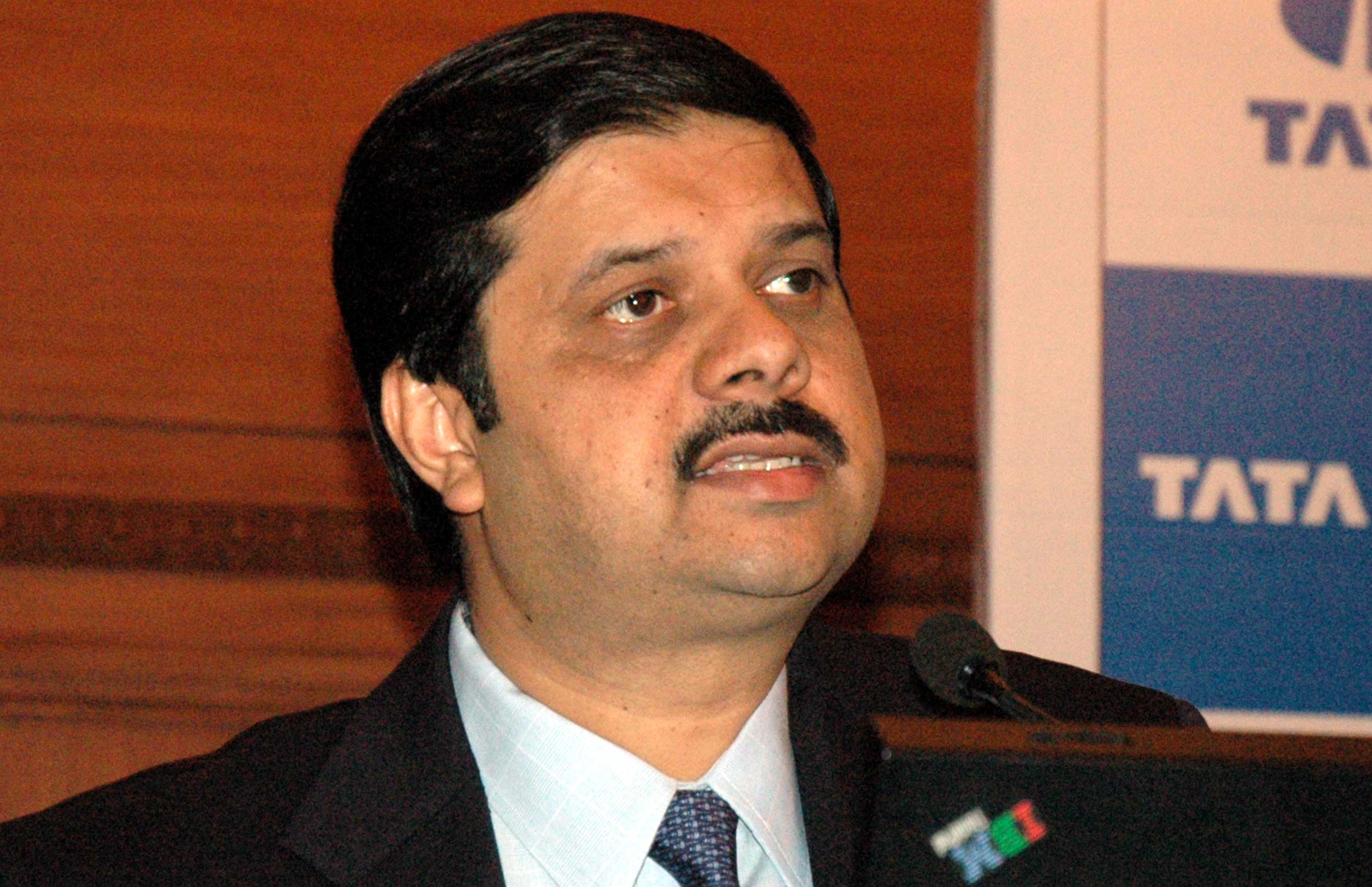A series of price cuts along with international headwinds have taken the sheen off steel but the inherent demand of the alloy remains robust, Koushik Chatterjee, executive director and chief financial officer of Tata Steel Ltd, told Sambit Saha of The Telegraph.
Q: Steel prices are on a downward hill. What is your view on the emerging situation?
A: Steel is a late-cycle play. We are seeing price softening because of various reasons as some of the user industries are facing headwinds across the globe. Domestic hot-rolled steel prices in China, the biggest influencer in global steel, decreased 19 per cent year-on-year, while Indian steel prices have increased about 8 per cent during the same time. But China PMI at 49.4 indicates the country is technically in an economic contraction zone and expectation is high that there will be policy easing to ensure growth.
Moreover, we are neither seeing a structural demand collapse like 2009 post the financial crisis nor a huge supply glut in the seaborne market like 2015-16. Hence, what we are seeing is normalisation from the peak stimulus fuelled growth. Also higher production during pre-winter closing is playing out from an inventory liquidation point of view.
Q: Raw material prices are yet to come down as much, putting pressure on margins. What is your outlook on prices for the industry and margins for Tata Steel’s India operation, Tata Steel BSL and European operations?
A: That the raw material prices are stable gives a clear indication that the steel cycle will be range-bound over the medium term though there may be mini cycles with shorter peak-trough duration.
In Tata Steel, the margin play is not solely dependent on the steel prices but also on the value-added product profile strategy, customer centricity, operational excellence covering cost and efficiency programmes. For years, the Indian operations have focused on creating an all-weather business.
In Tata Steel BSL (erstwhile Bhushan Steel), we have a structured programme to improve its operations, maximise its potential on volumes and realise synergies. The European operations are normally more vulnerable to externalities but the market spread has not decreased significantly. We have had operational issues in the last quarter but that should stabilise in this quarter.
Q: Tata Steel is looking at long product assets for acquisition. Following the correction in steel prices, will the company go slow? Or will it continue to look at assets such as Jai Balaji, Visa or Adhunik?
A: When we are building a facility or acquiring a business, the long-term strategic factors have an important weight in decision making and not the monthly steel prices. We will look at organic and inorganic options to increase our long product portfolio over time. I don’t think we need to rush into anything. I can’t comment on any specific names that you have given.
Q: Do you think valuations of steel assets will moderate following the correction in metal prices? How will it impact the IBC process in finding a buyer?
A: In the next round of IBC, there are medium to smaller-sized assets that will be available if the creditors press the button. The financial creditors and distressed funds typically find these assets as their sweet spots because of the lower capital outlay and smaller risk exposure.
So there may be some investors who may play the consolidator in this segment as happened in the US in early 2000. But strategic or financial investors looking at IBC assets must be comfortable with the cyclical nature of the industry and have the ability to access large capital given the complexity of the business.
Q: Tata Steel was looking to bring in a strategic partner for Southeast Asia operations or hive off completely. Any progress? Will moderation in prices slow down finding a partner?
A: We have been in discussions and the talks are progressing well. We do not talk about such corporate actions till it reaches a certain stage of maturity. Again, I don’t think these issues depend on near-term steel prices, it is more strategic in nature.
Q: Give us a road map on the sale of the Usha Martin steel business. How soon do you expect coal and iron ore mines can be transferred?
A: It is a slump sale process and, hence, there are several hoops to cross before we close the transaction, hopefully before the end of the year. The coal and iron ore mine has several regulatory approval requirements that will take its usual time. The steel business transfer, will, however, close faster and we are prepared for the opening day and follow up with an integration plan, much like what we did in Bhushan Steel.










